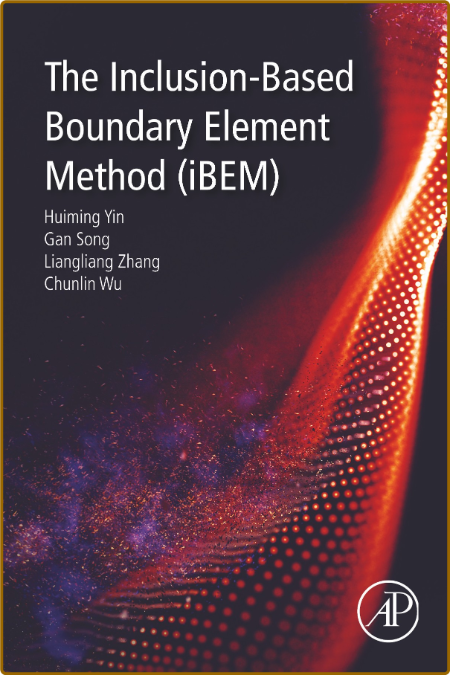Most Commented
The Inclusion-Based Boundary Element Method (iBEM)




Description material

pdf | 12.44 MB | English | Isbn: 0128193840 | Author: Huiming Yin;Gan Song;Liangliang Zhang;Chunlin Wu; | Year: 2022
Description:
The Inclusion-Based Boundary Element Method (iBEM) is an innovative numerical method for the study of the multi-physical and mechanical behaviour of composite materials, linear elasticity, potential flow or Stokes fluid dynamics. It combines the basic ideas of Eshelby's Equivalent Inclusion Method (EIM) in classic micromechanics and the Boundary Element Method (BEM) in computational mechanics.
The book starts by explaining the application and extension of the EIM from elastic problems to the Stokes fluid, and potential flow problems for a multiphase material system in the infinite domain. It also shows how switching the Green's function for infinite domain solutions to semi-infinite domain solutions allows this method to solve semi-infinite domain problems. A thorough examination of particle-particle interaction and particle-boundary interaction exposes the limitation of the classic micromechanics based on Eshelby's solution for one particle embedded in the infinite domain, and demonstrates the necessity to consider the particle interactions and boundary effects for a composite containing a fairly high volume fraction of the dispersed materials.
Starting by covering the fundamentals required to understand the method and going on to describe everything needed to apply it to a variety of practical contexts, this book is the ideal guide to this innovative numerical method for students, researchers, and engineers.
The multidisciplinary approach used in this book, drawing on computational methods as well as micromechanics, helps to produce a computationally efficient solution to the multi-inclusion problem
The iBEM can serve as an efficient tool to conduct virtual experiments for composite materials with various geometry and boundary or loading conditions
Includes case studies with detailed examples of numerical implementation
The book starts by explaining the application and extension of the EIM from elastic problems to the Stokes fluid, and potential flow problems for a multiphase material system in the infinite domain. It also shows how switching the Green's function for infinite domain solutions to semi-infinite domain solutions allows this method to solve semi-infinite domain problems. A thorough examination of particle-particle interaction and particle-boundary interaction exposes the limitation of the classic micromechanics based on Eshelby's solution for one particle embedded in the infinite domain, and demonstrates the necessity to consider the particle interactions and boundary effects for a composite containing a fairly high volume fraction of the dispersed materials.
Starting by covering the fundamentals required to understand the method and going on to describe everything needed to apply it to a variety of practical contexts, this book is the ideal guide to this innovative numerical method for students, researchers, and engineers.
Join to our telegram Group
Information
Users of Guests are not allowed to comment this publication.
Users of Guests are not allowed to comment this publication.
Choose Site Language
Recommended news
Commented


![eM Client Pro 9.2.1735 Multilingual [Updated]](https://pikky.net/medium/wXgc.png)



![[PORTABLE] Allavsoft Video Downloader Converter 3.24.7.8183 Multilingual](https://i.postimg.cc/h4XMhHkZ/Allavsoft-Video-Downloader-Converter.png)


![Movavi Video Editor 24.0.2.0 Multilingual [ Updated]](https://pikky.net/medium/qhrc.png)

